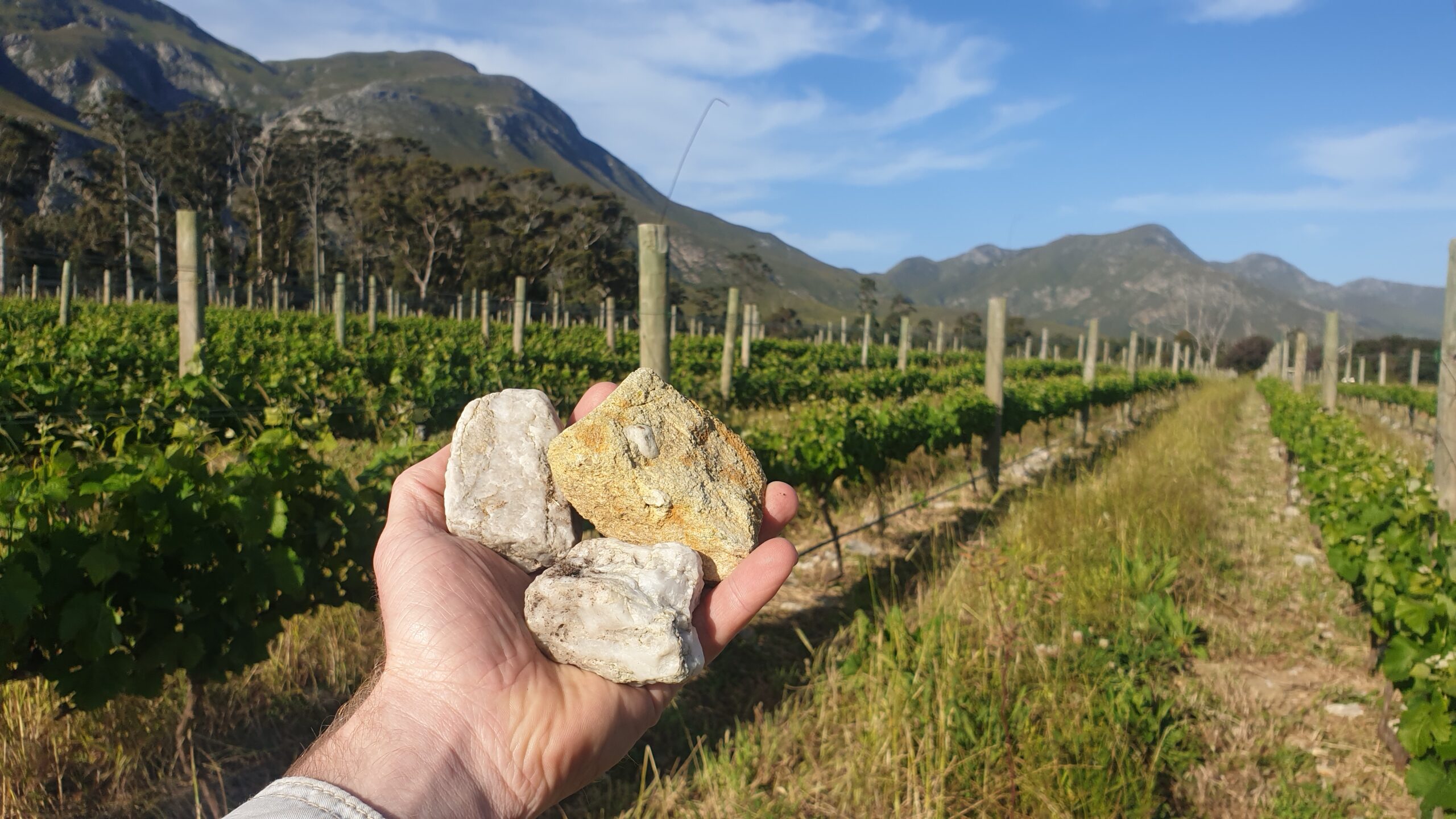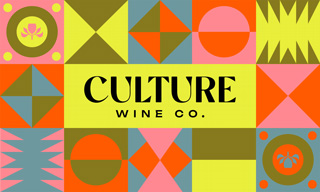
Intro
The natural wine movement has experienced significant growth in the past decade, attracting a new generation of wine enthusiasts and promoting transparency in winemaking. However, the lack of legal definitions for this category can lead to confusion about what natural wine truly represents. Complicating matters further, some producers market their wines as “natural” despite not adhering to the principles of the movement. In this blog, we will delve into key natural wine terminology to help you navigate this exciting and occasionally controversial winemaking style.
Natural Wine: Definition and Production
Rather than being a specific style, natural wine is best understood as an ethos. In fact, you will rarely find the term “natural wine” printed on a label. The makers of these wines are not bound by specific legal regulations, but there is a widespread agreement that natural wine aims to minimize additions and interventions from vineyard to bottle.
The term “low intervention” is commonly used to describe natural wine. However, this can be misleading, as it may imply minimal effort in achieving the final product. In reality, natural winemakers, even in challenging growing seasons, refrain from using additives or making adjustments. They must meticulously tend to the vineyard to ensure the use of healthy, ripe, and disease-free grapes. If any faults arise in the winemaking process, natural winemakers have fewer options to rectify them, requiring extra care and attention at every step.
Many natural winemakers follow organic or biodynamic practices as a baseline. While these two approaches share similarities, they have distinct requirements:
Organic Wine
Organic production standards vary depending on the specific certification, but generally, it aims to avoid synthetic herbicides, fungicides, and pesticides. Instead, organic farmers employ less environmentally harmful alternatives like manure or bone meal fertilizers, crop rotation, and cover crops to maintain soil health. Notably, copper sulfate is permitted in organic farming but only in small doses.
Biodynamic Wine
Developed by Rudolf Steiner, biodynamic farming shares similarities with organic farming but incorporates a homeopathic and spiritual philosophy. Biodynamic principles involve working with lunar phases, constellations, and using various soil supplements called “preparations.”
Both organic and biodynamic winemakers view their vineyards as ecosystems, promoting biodiversity with other plants and wildlife to sustain soil health and the longevity of the vineyard.
Vegan Wine
Vegan wine is wine made without using animal products during the fining phase of the clarification process. Before wine is bottled it is usually clarified and filtered in order to separate and remove solid matter from liquid matter. This can be achieved using fining agents derived from animals, such as egg whites and casein.
Low-Sulfite Wine
Low-sulfites wine is a type of wine with a lower sulfur dioxide content than conventionally made wines, where little or no sulfur dioxide is added to the wine. This does not mean that the wine is without sulfites. During fermentation, a small quantity of sulfur dioxide is released into the wine as a form of natural preservative.
Preserving Terroir and Seasonal Expression
A fundamental principle of natural wine is to ensure that the wine reflects the sense of place and the specific growing season as faithfully as possible. While this applies to many high-quality wines, natural winemakers often go to greater lengths to achieve this goal, accepting that unexpected aromas and challenging flavors may arise. Consequently, variations can occur from year to year or even bottle to bottle within the same labeled wine.
Winemaking Practices for Natural Wine
Natural wine undergoes spontaneous fermentation using ambient yeasts found in the vineyard and winery, as opposed to commercial yeasts commonly used in conventional production. Additionally, minimal to no sulfur dioxide (SO2) is added to the wine. SO2 is a byproduct of fermentation and can be used as a preservative, but excessive use can mask the wine’s identity. Furthermore, natural wines typically undergo minimal clarification and filtration. While this approach can reduce stability, natural winemakers consider these stages as interventions that strip away the wine’s diverse and distinctive aromas, diminishing complexity and quality.
Environmental Impact of Natural Wine
Grapes used for natural wine, grown without synthetic pesticides, herbicides, or fungicides (such as in organic or biodynamic practices), have a lesser impact on the environment. Natural wine producers often employ techniques that hark back to pre-industrial winemaking traditions, such as reduced machinery use, hand harvesting, and the use of natural vessels like clay for fermentation and storage. These practices can reduce the environmental footprint of the wine.
While natural wine emphasizes the preservation of living things and represents a more environmentally sustainable model compared to conventional winemaking, little discussion surrounds the wine’s impact in terms of transport and packaging. These two factors greatly contribute to a wine’s carbon footprint and are yet to be widely addressed within the natural wine conversation.
By choosing natural wine, you support a movement that prioritizes accountability in production, ultimately benefiting the entire industry’s efforts towards a more conscientious approach to winemaking and care for our planet.
Key Natural Wine Terms and Styles
Orange Wine: Although not exclusively associated with natural winemaking, orange wine is often produced using natural techniques. It involves keeping white grape skins in contact with the juice for an extended period, imparting color, tannins, and additional flavors such as nuts, flowers, and citrus peel.
Pétillant Naturel or ‘Pét-Nat’: This style features lightly sparkling wine made using the Méthode Ancestrale. Partially fermented grape juice is bottled and sealed, allowing fermentation to continue and trap carbon dioxide, resulting in a sparkling wine. Pét-Nat wines often retain yeast sediment in the bottle, contributing to their style. They tend to have lower alcohol levels and may appear hazy or cloudy.
Glou Glou: Translated approximately as “glug glug,” this lighthearted term refers to low-tannin, low-alcohol, light-bodied red wines. Glou Glou wines exhibit fresh red fruit aromas like cranberry and red currant and are best served slightly chilled.


